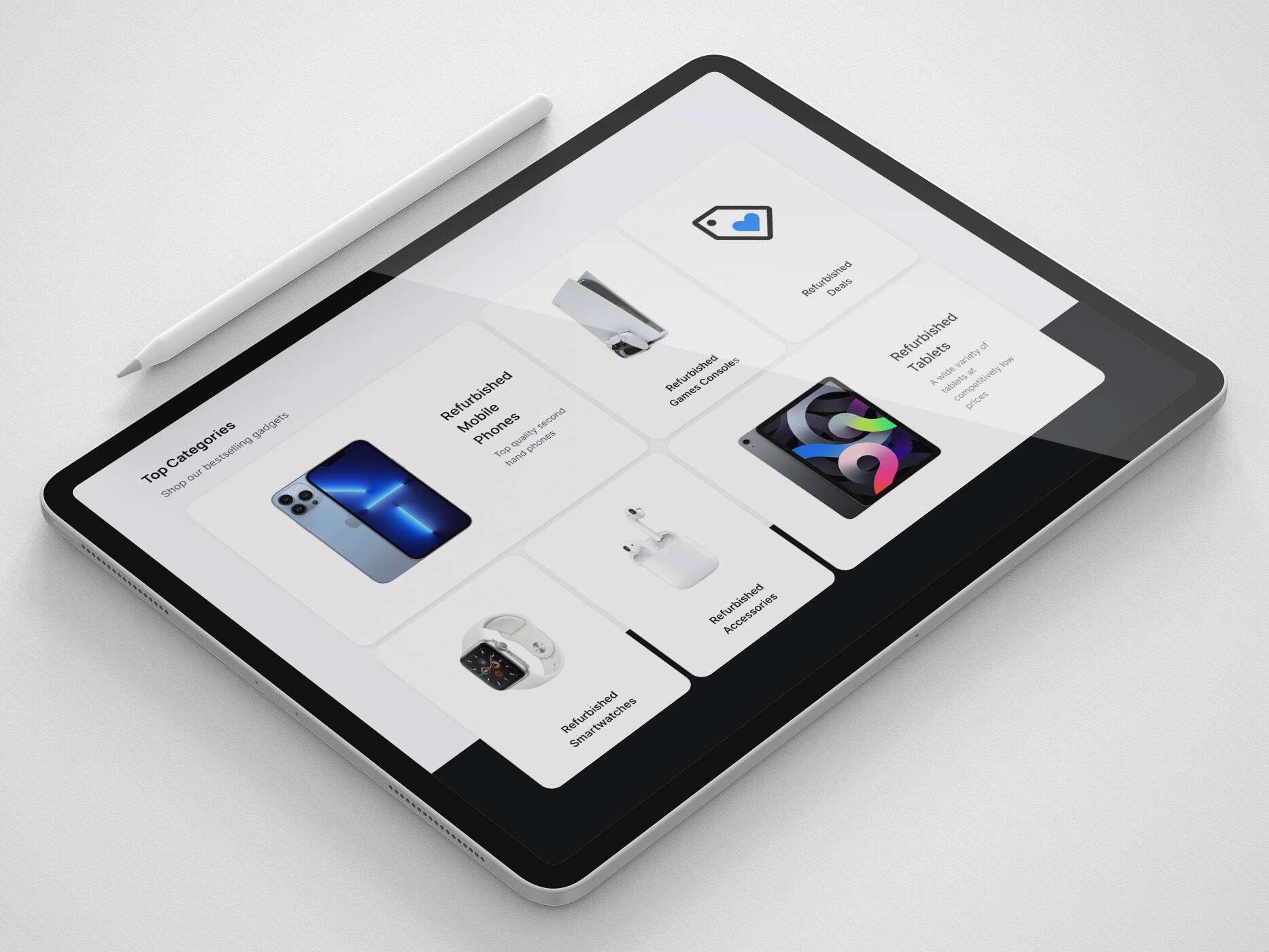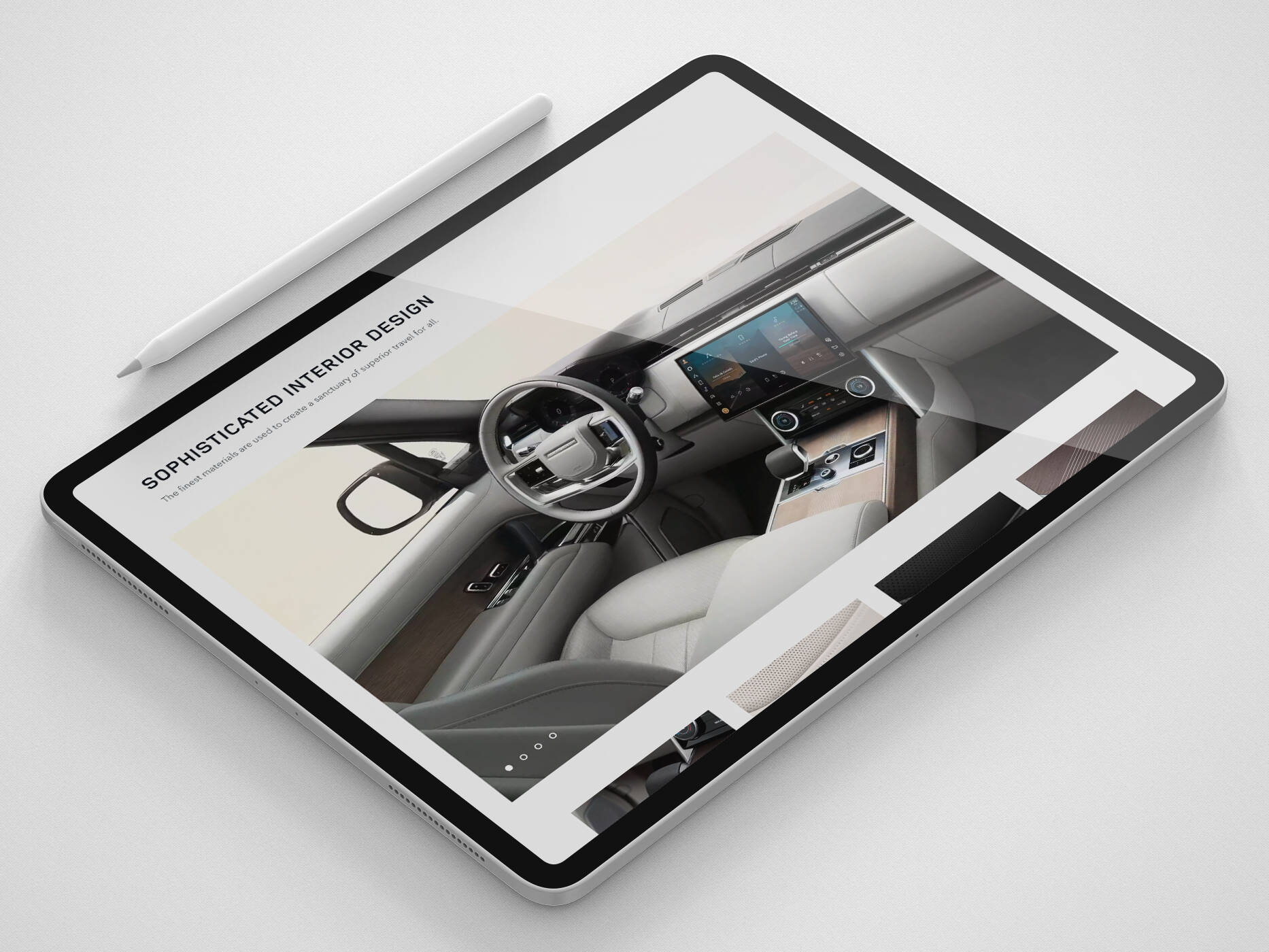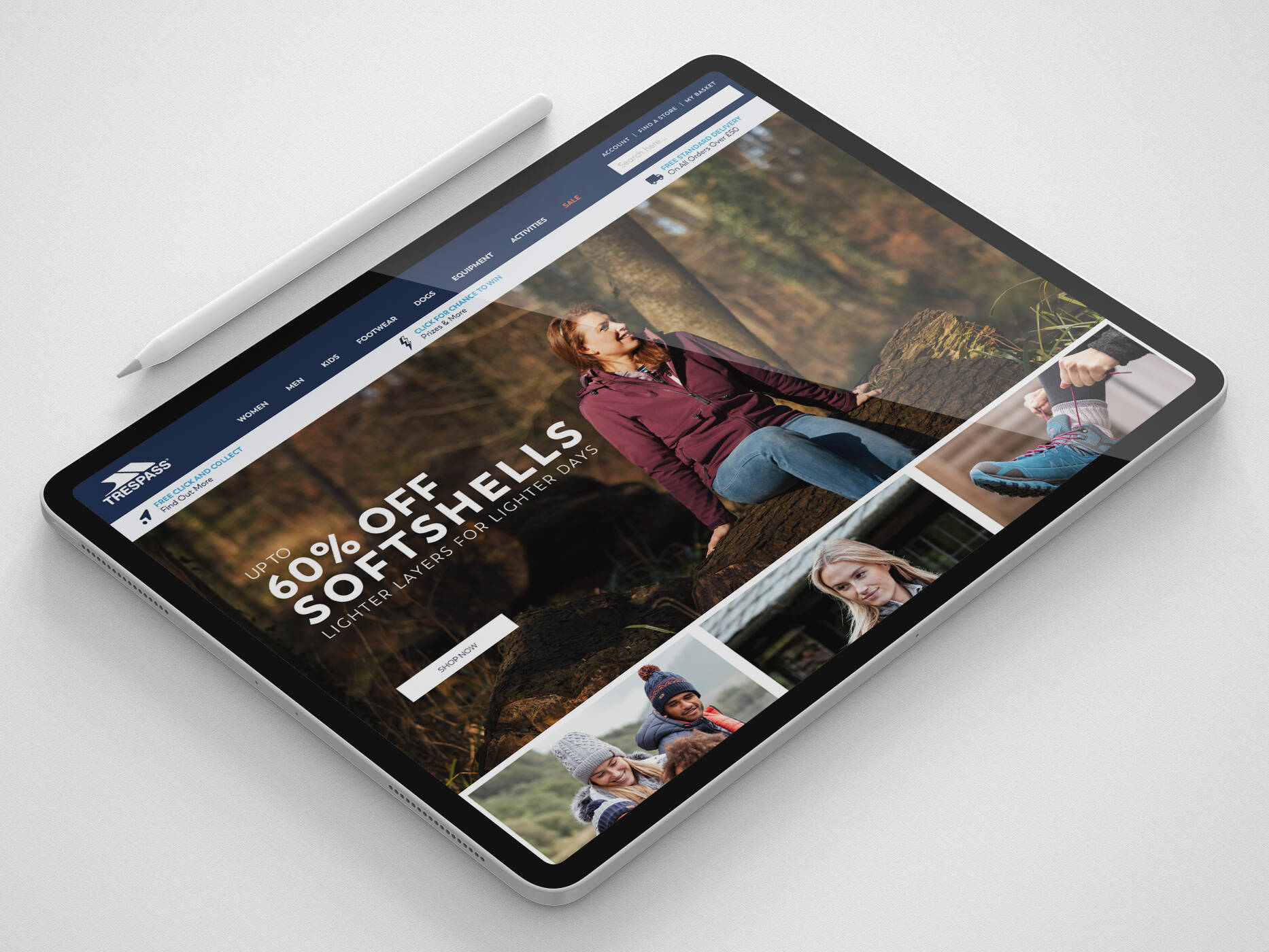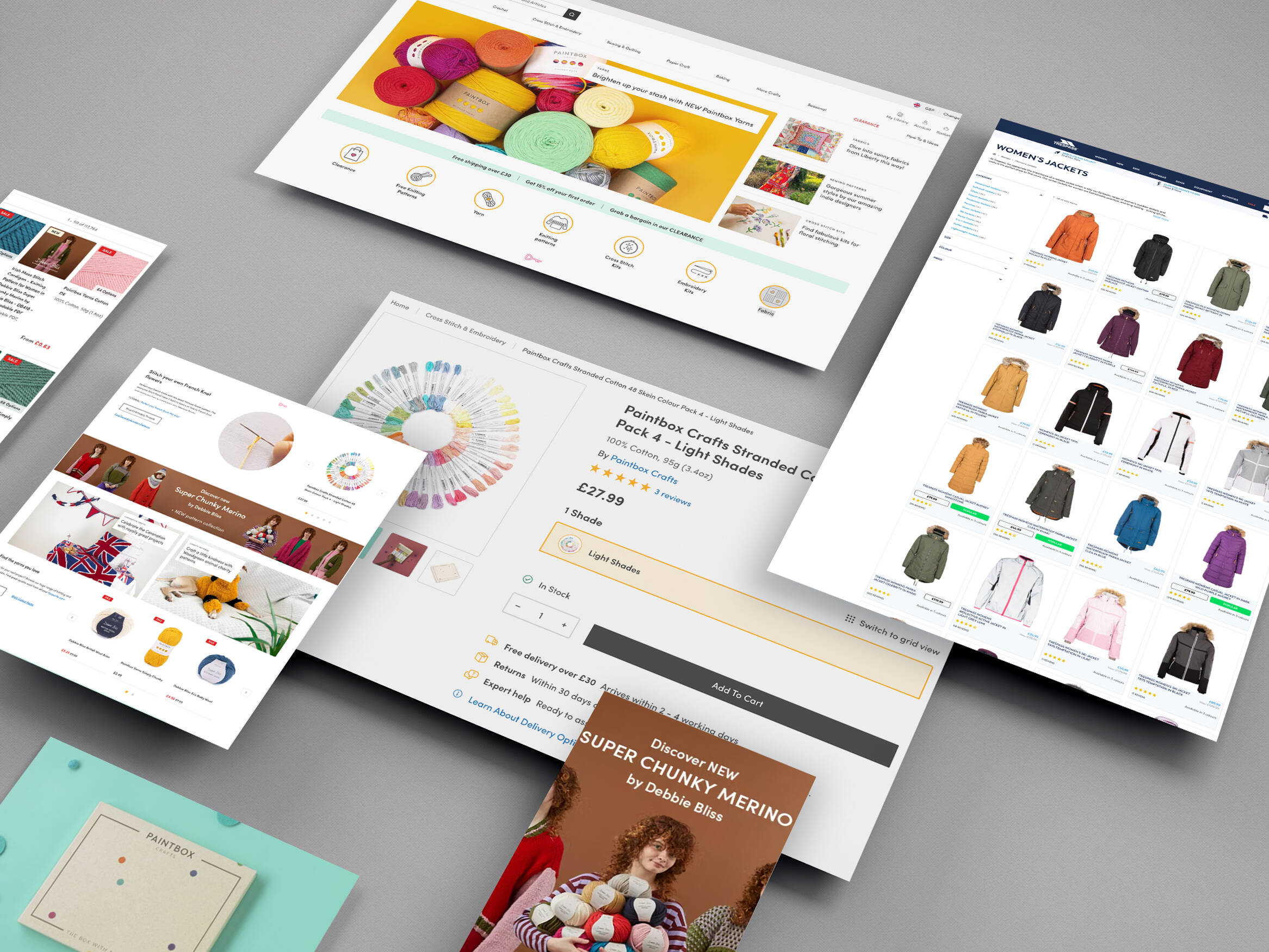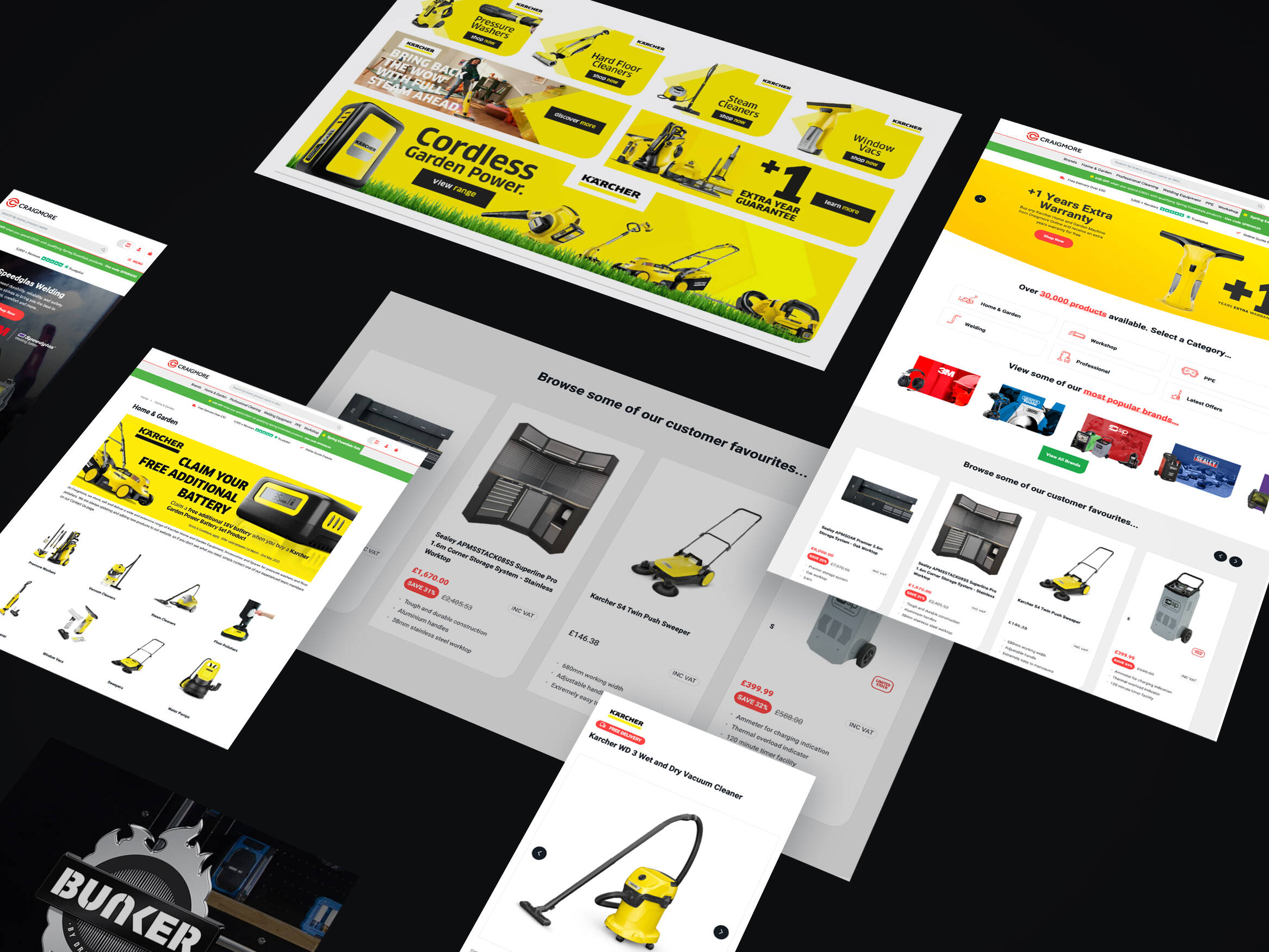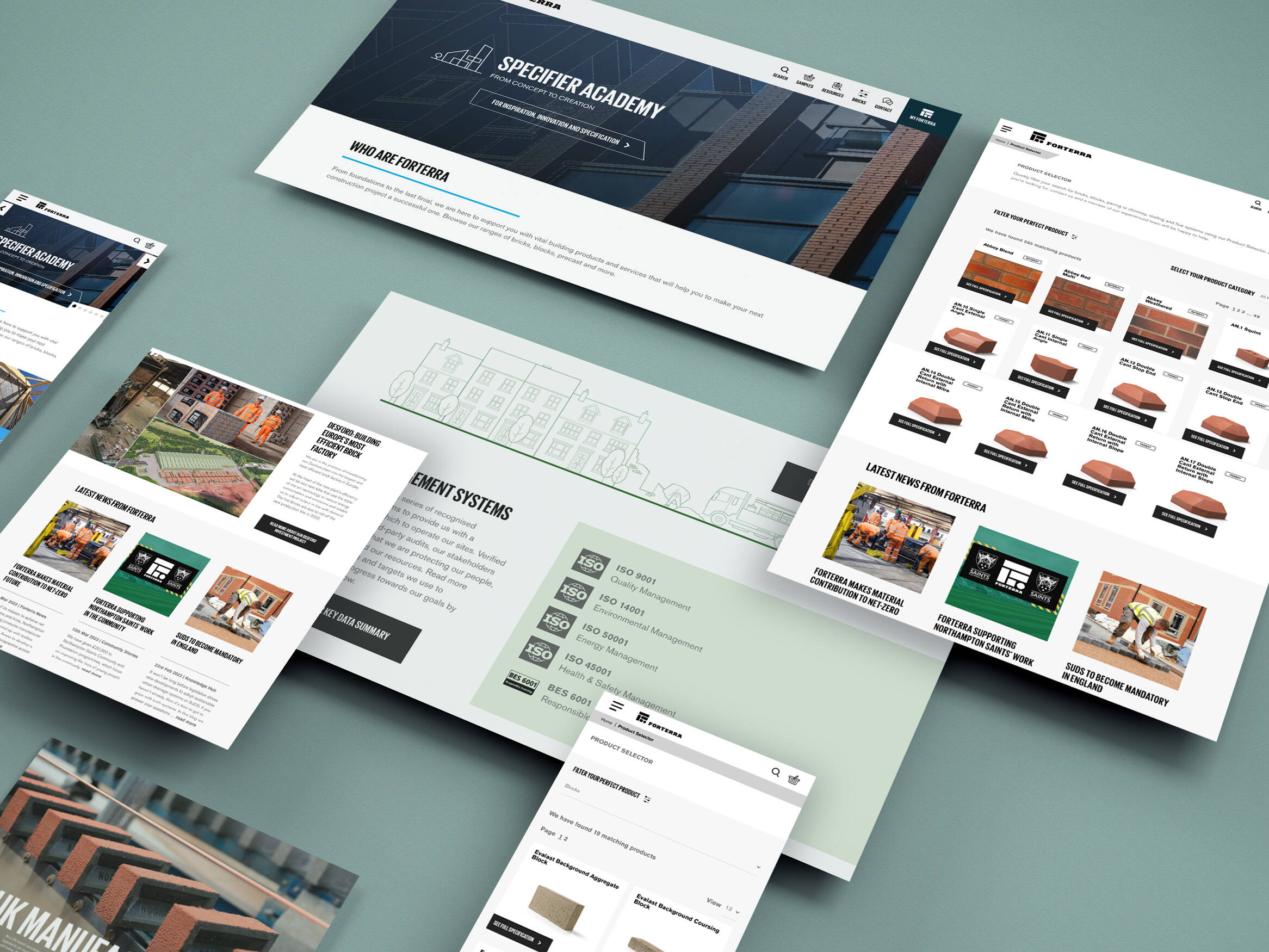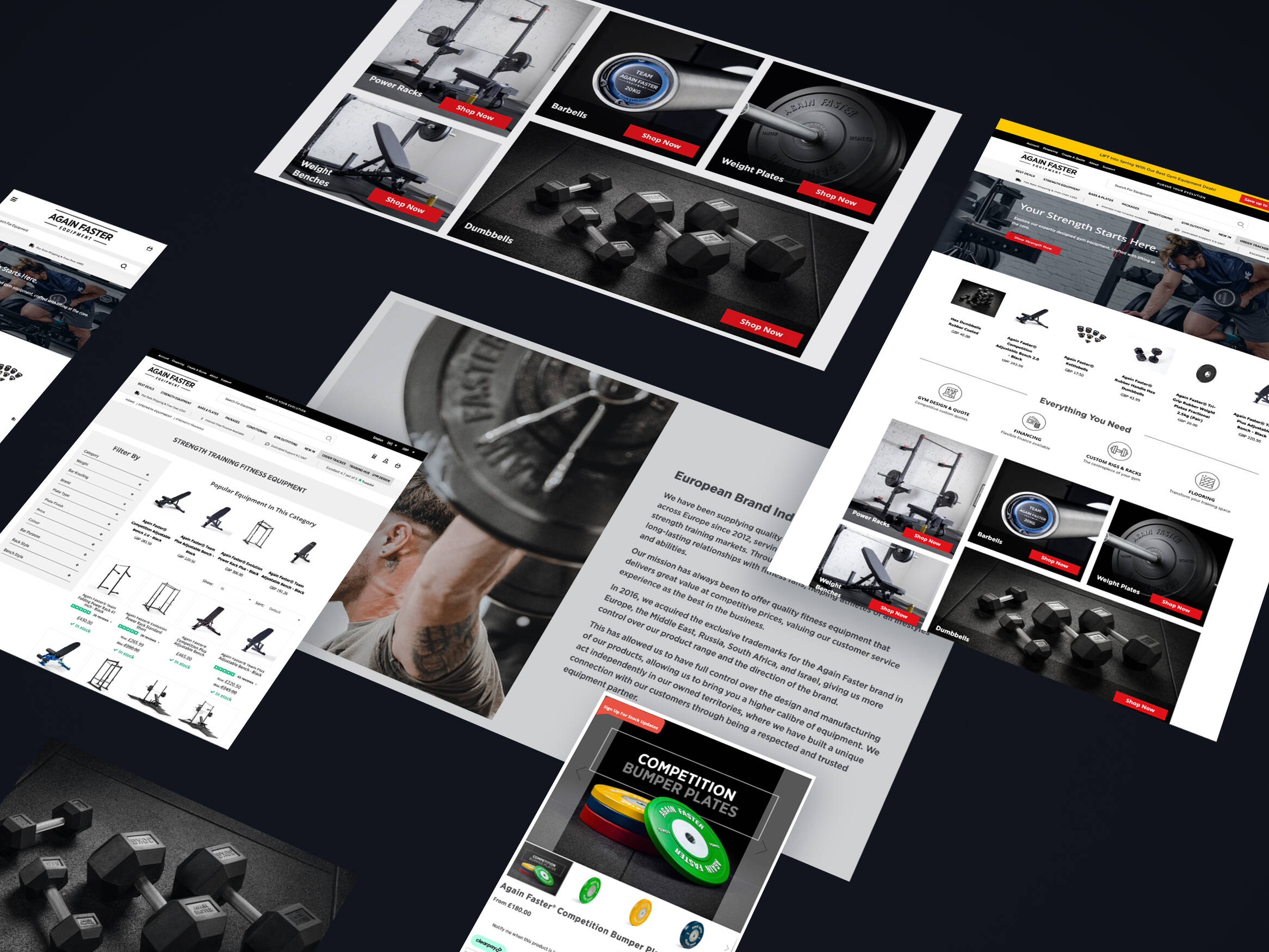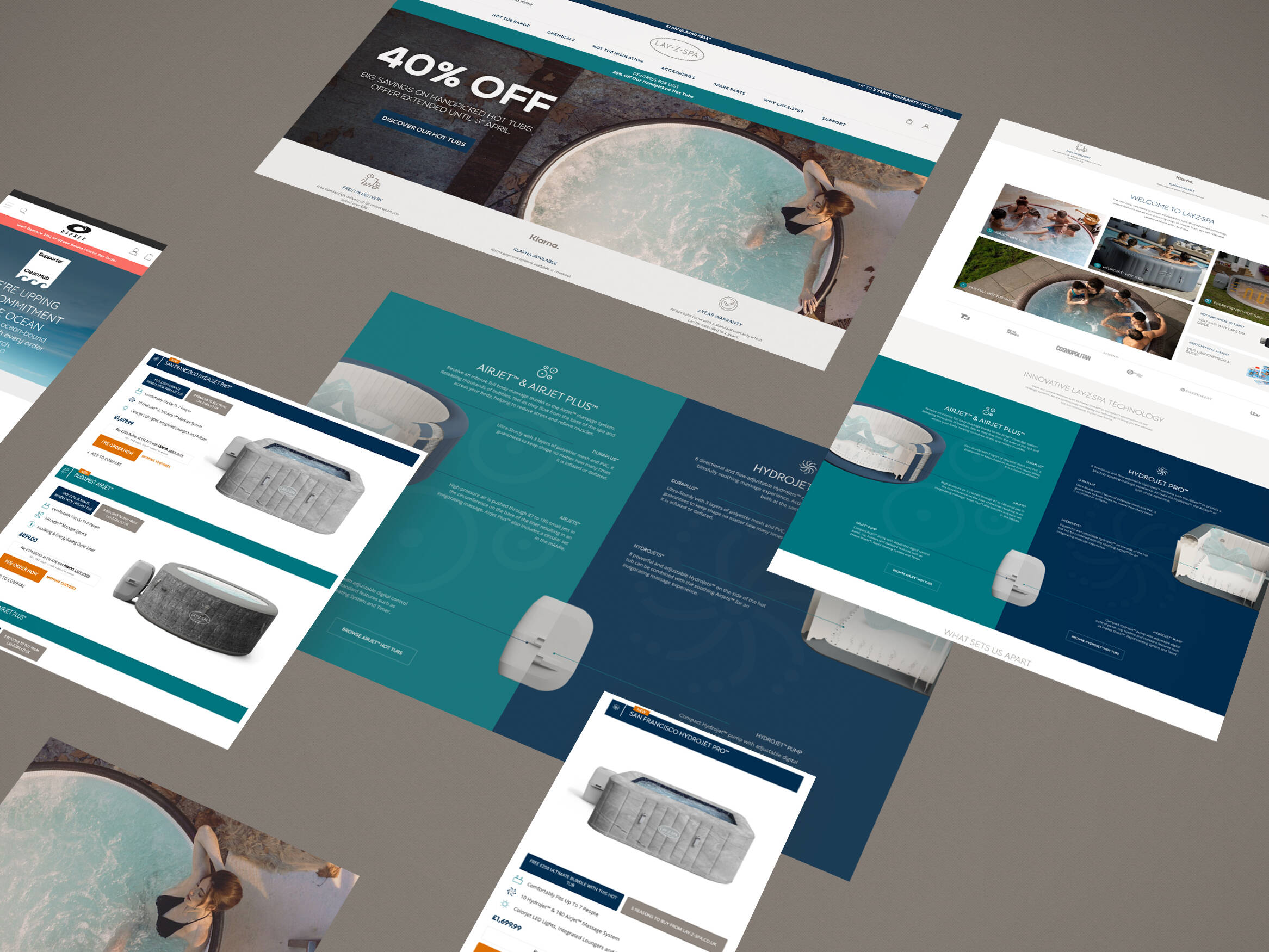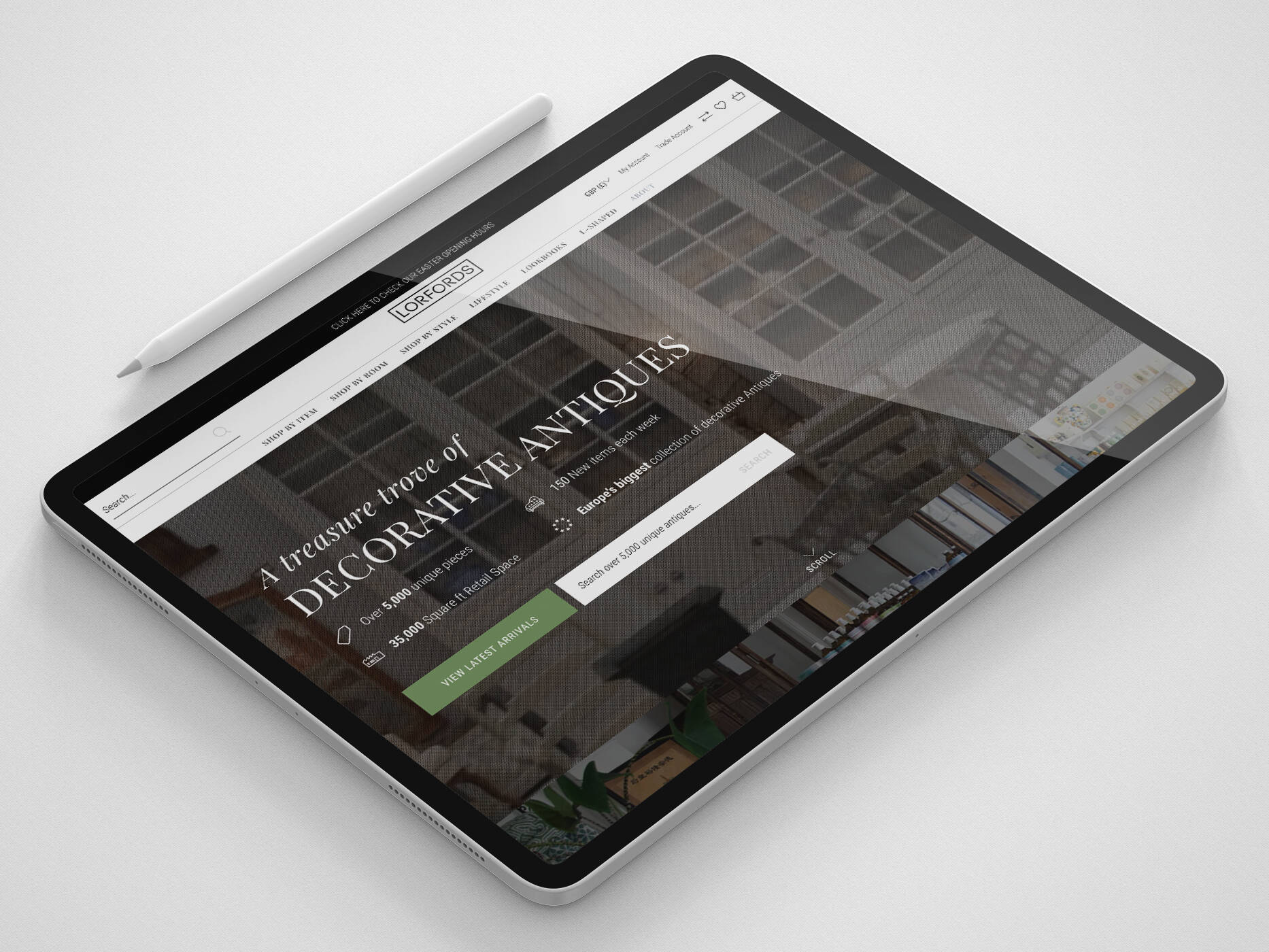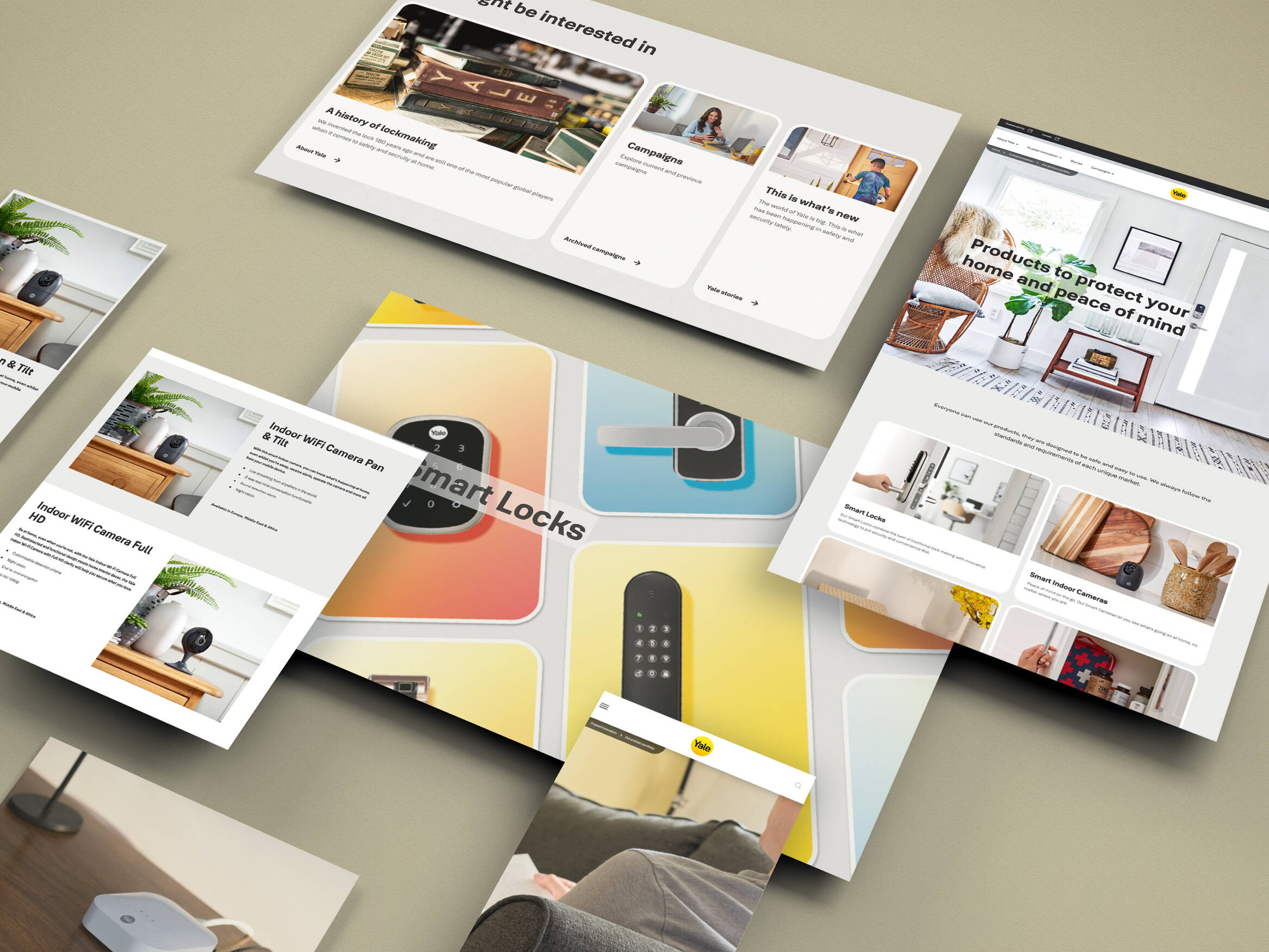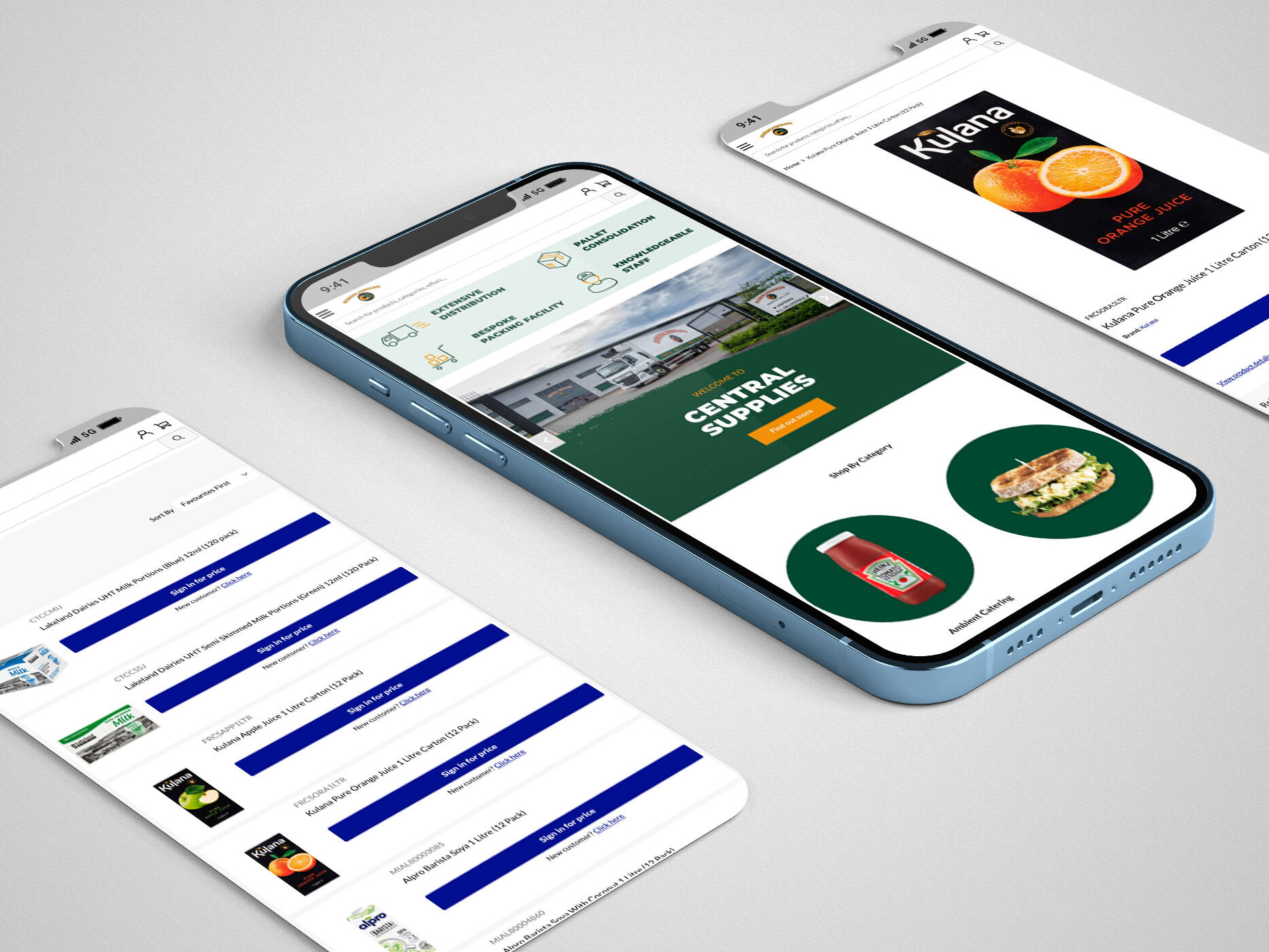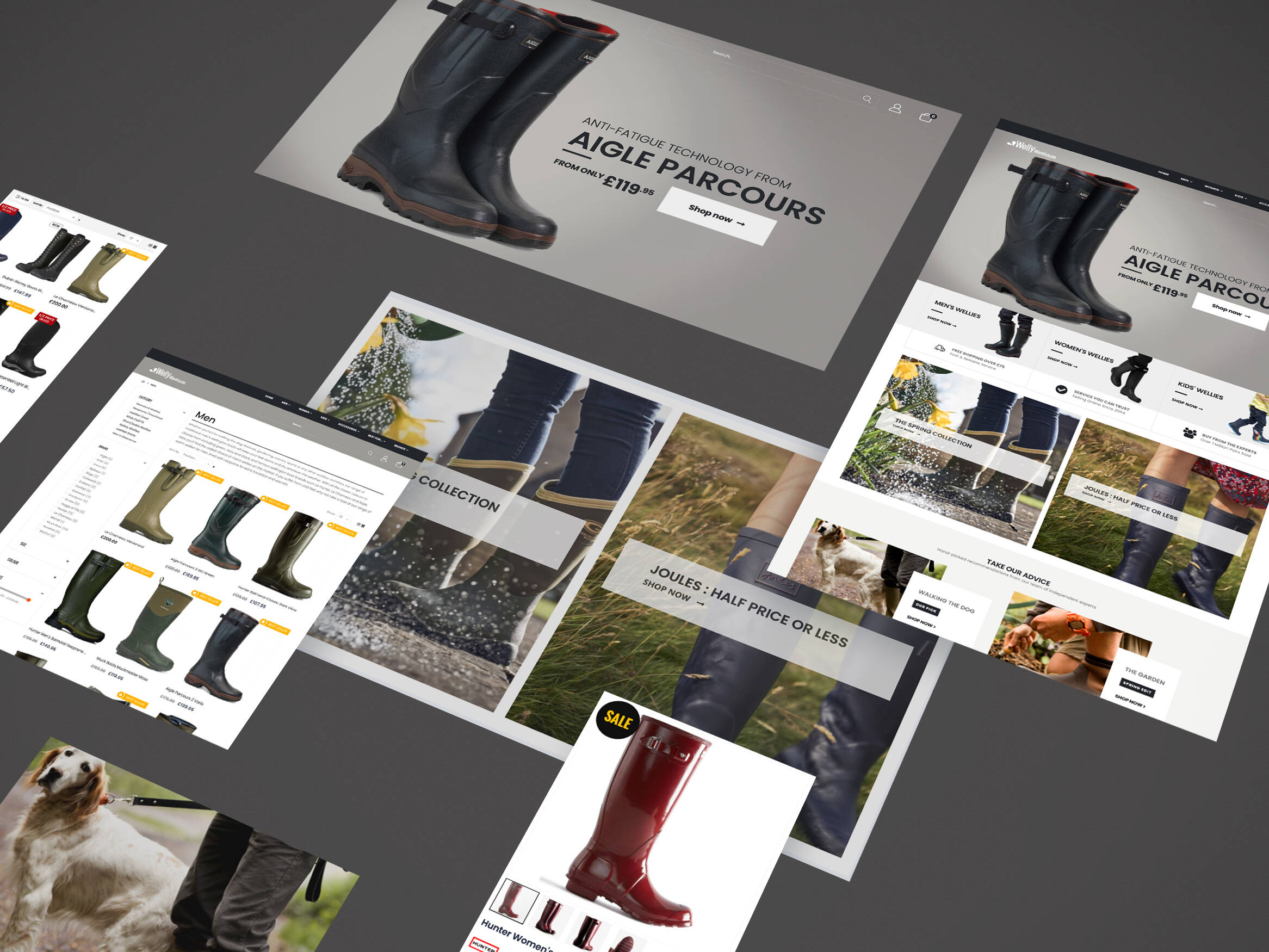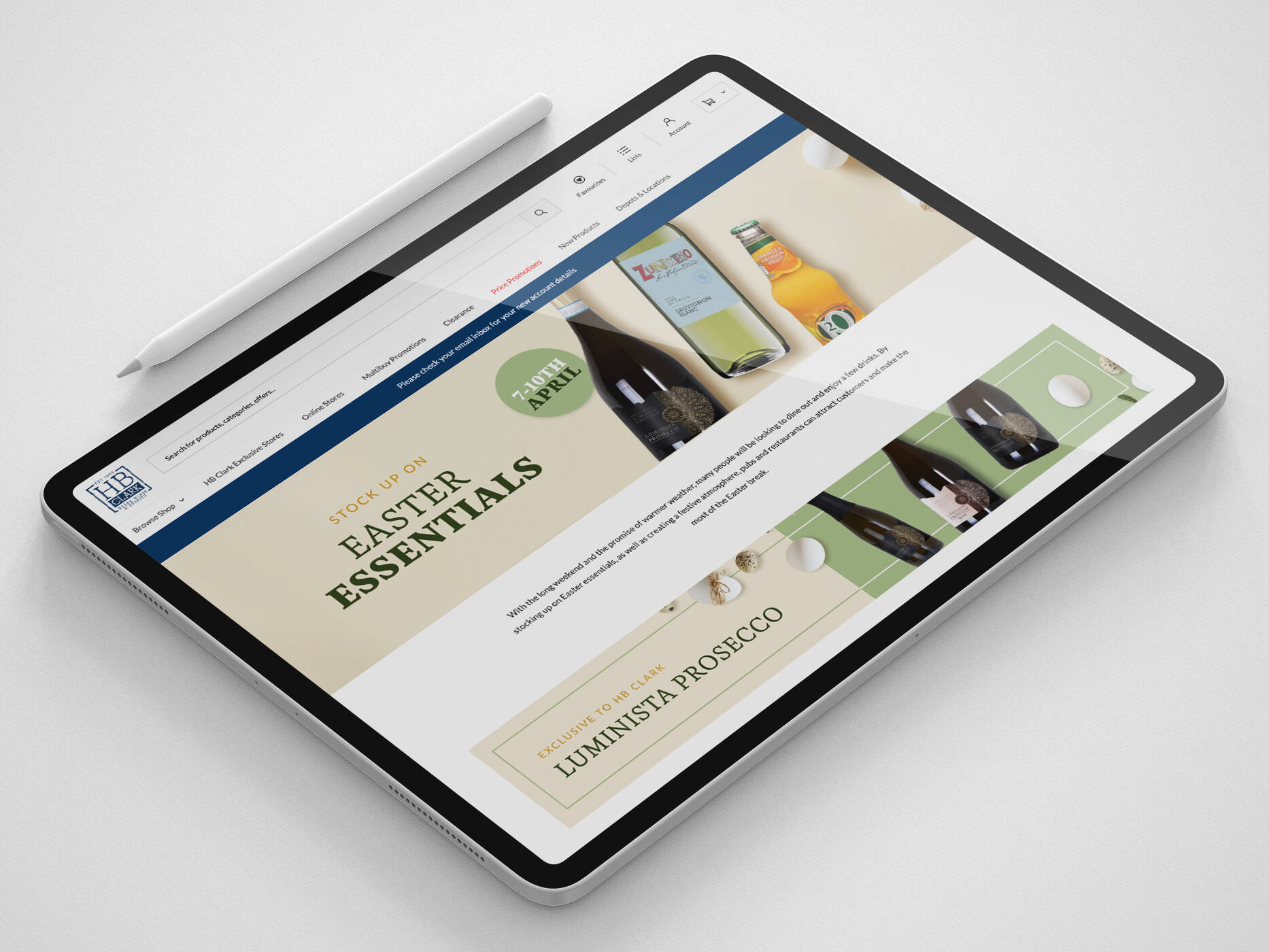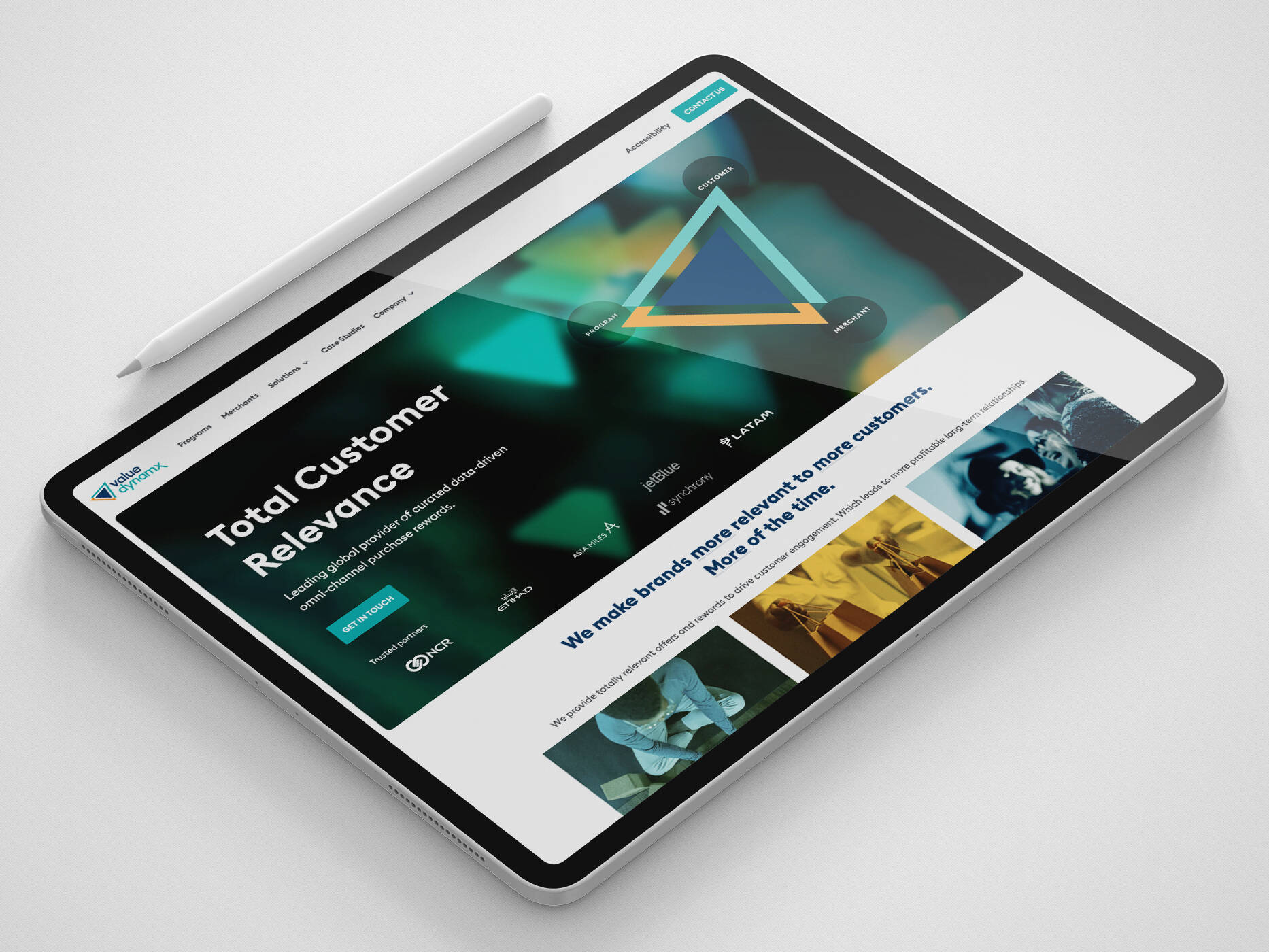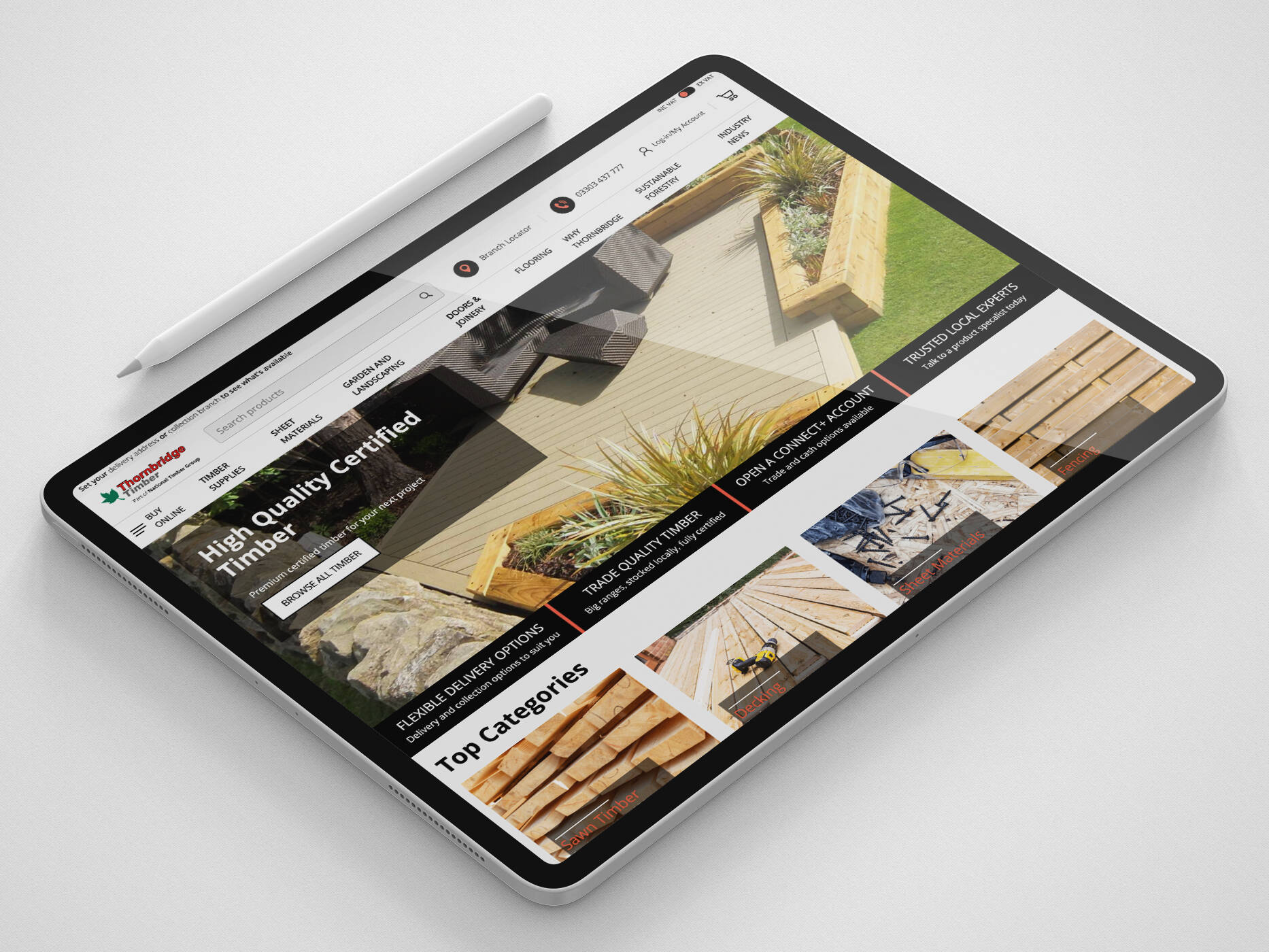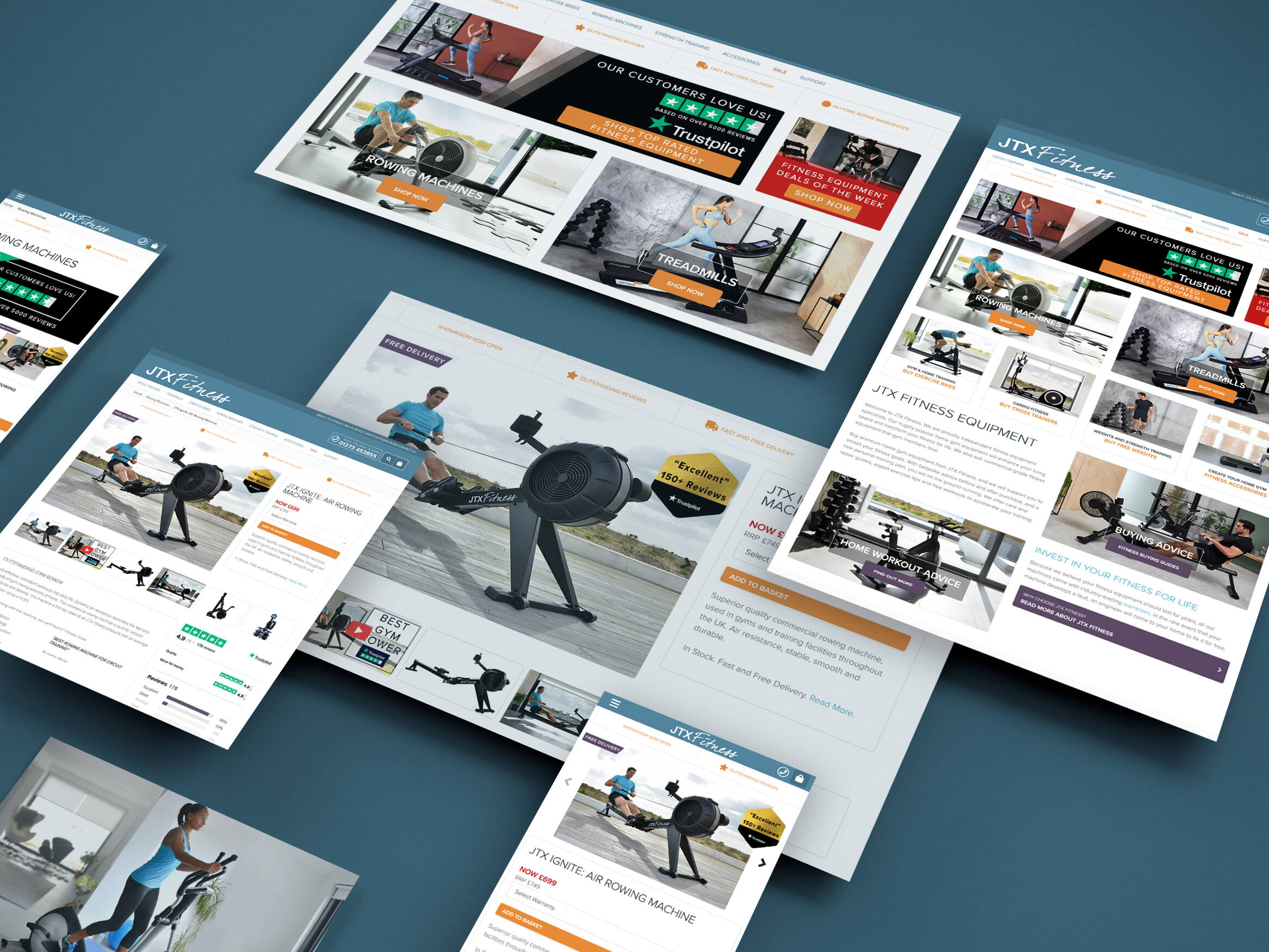As consumers are bombarded by sales messaging from more and more sources, email marketing still remains one of the most efficient methods for retailers to generate quality sales.
However, many marketers are still failing to segment their customers to allow for more relevant messaging and, ultimately, provide a much better ROI from their efforts.
If you’re taking the ‘batch and blast’ approach and not segmenting your data, you’re effectively broadcasting irrelevant information to a huge proportion of database who won’t be engaging with content that doesn’t speak to them, leading to poor response rates, unsubscribes and, ultimately, fewer sales.
By segmenting your email list, you can target multiple buyer personas with tailored content that can be relevant to their interests, address their needs or be able to service customers at various points of the sales cycle.
What is email segmentation?
In a nutshell, email segmentation is simply categorising your email database into more specific groups to allow you to provide a better user experience for your customers. In turn, it provides the most effective way of getting your brand messaging across.
What to segment by?
Finding the best way to segment your email marketing lists can be overwhelming for some marketers, and especially so if you’ve never undertaken this before.
Furthermore, taking on the same approach won’t work for every company so you’ll need to be patient and test several approaches before deciding which is the best way forward.
To help you get started, here are five quick and easy segmentation strategies that you can start to implement.
1 – Location
One of the most obvious factors is taking a geographical approach to separating your data. This is particularly helpful when your database is comprised of multiple nationalities, as you can tailor the copy of your emails to reflect different currencies, seasonality and even local colloquialisms.

There’s little to gain from promoting next day delivery to your customers in Australia when you dispatch from your depot in London. As a result, by segmenting your contacts you can avoid any disappointment for your customers “down under” whilst ensuring your more local buyers are ushered to take action.
2 – Device
Ideally, your emails will look great on any device and be responsive, providing the best experience for all screen sizes and connections. However, if your website’s mobile experience doesn’t match up or is likely to cause issues preventing conversions, targeting by the device is a better approach.

For emails with more of a focus on conversions, you might look at targeting desktop users only. Conversely, if your campaign’s goal is more awareness then targeting mobile users will likely drive more traffic and engagement.
3 – Purchase history
Targeting customers that have already bought from your store can be a hugely effective way of improving your ROI from your emails. You could look at promoting similar products, upselling or cross-selling, or providing recommendations based on purchases made by similar customers.
This also provides you with an opportunity to tier your list by purchase value, offering incentives for subscribers who have spent over a certain threshold and reward them for being such a valued customer.

4 – Engagement level
Building out a huge list of subscribers just for the sake of it isn’t going to be a worthwhile exercise. As most services such as MailChimp charge you by the number of subscribers you have you don’t want to be wasting money by keeping inactive members on your list.
By sending re-engagement campaigns to lapsed customers with incentives, offers and messaging that can redirect them back into the sales funnel you can start to push for purchases again or, if the engagement doesn’t improve, consider purging from your list.
5 – Interests
A more advanced approach is to tailor your sends by your audience’s interests. This is a powerful step up for your mail sends but might require a little more legwork to start with.
A detailed preference centre allowing your subscribers to be able to select specific product categories or even wider interests such as hobbies, sports or movies can unlock a raft of potential opportunities for creating offers that will convert.
6 – Type of Customer
You can also segment on the type of customer such as if they’re a new user or buyer, a frequent buyer, new trial subscriber, non-converter or fit into a certain average order value bracket. Knowing what kind of customer they are, helps you to complete the necessary action to make them most likely to convert.

- New buyers might have a limited view of your products and so sharing product recommendations based on a purchase they’ve just ordered can grow their interest in your other products on offer.
- A frequent buyer could be sent your “VIP membership” upgrade emails or you could reward them with a discount code to thank them for their customer loyalty.
- A non-converter can be used to obtain feedback as to why they didn’t move ahead with your product after a free trial period.
Benefits of email segmentation
Email marketing alone is still something too many businesses overlook, never mind email segmentation. However, it’s a truly valuable and, if done correctly or with our expert advice, a low-cost marketing tactic that generates real-time conversions.
If you’re still not convinced, here are five genuinely worthwhile benefits of email segmentation to change your mind…
1 – Better engagement rates
Think like a customer. Nobody wants generic emails that are going to be a hassle to delete and take up valuable space in the inbox. It paints your brand as lazy and unhelpful. Through segmentation, you can eliminate this picture by saving your customer precious time through marketing products they’ll love.
Then, if they have an interest in your products, you’ll be more likely to generate better open rates, clickthrough rates, higher average time on site, increased number of “add to baskets” and ultimately, more monetary conversions.
Tip: To excel in email marketing, the old ‘spray and pray’ method of sending the same email to every subscriber or customer, has to go. To reap the benefits, you need segmentation so you can send the right, relevant message to an individual.
2 – Offer targeted campaigns to your loyal customers
Whether you think it or not, your customers shouldn’t be treated like just another number – especially if they’re returning customers. Loyalty is worth a lot in a highly competitive marketplace, so don’t abuse it.

Send users targeted emails that engage with the customer on a personal level and makes them feel valued and “special”. If you can show that you’re taking their interests and browsing behaviour into consideration, you’re indirectly rewarding them for their time and financial benefit.
Yet, if you really want to say thanks, offering unique offers and discounts or making them part of exclusive news or competitions works wonders!
The thing to remember with returning customers is they clearly like you. Get them more involved in your brand by getting them to work for you. Incentivise referrals and watch as their brand advocacy attracts new buyers, easily and efficiently, without much hard work.
3 – Reactivate lapsed customers
Re-engaging lapsed customers is something many brands will be challenged with. However, as previously mentioned, email marketing can be a fairly cheap yet effective way to do so.
To put it simply, there’s a myriad of things you could do. This includes running a competition, a giveaway, a discount, a free trial or even soliciting feedback. Regardless of your method to achieve re-engagement, here are some aspects you’ll need to consider:
- Write a strong subject line. Your subject line is what is going to drive opens. Make sure it captivates their attention and gives them no choice but to open your email.
- Look into what stage these customers didn’t convert. Ask yourself, “was it after signing up for a free trial? Was it after you asked for a product review? Or, was it after you sent them a list of recommended products they perhaps didn’t like?”
- Get their feedback. Ask your consumers what they think or even what they want. That way you can gather where you are going wrong for future improvements.
- Offer value or an exclusive they must get involved with. As already mentioned, through a competition, a giveaway, a discount or similar, incentivise them to want to re-engage with you.
4 – Lower unsubscribe rates
At some point, you’ve probably got sick to death of spammy emails and unsubscribed from a business’ email list. When doing so, they cut off your direct line to their inbox and with mobile being so big, you want every opportunity to get your message in front of your consumers.

Instead of getting frustrated or even bitter about losing these users, think of the reasons why they may have unsubscribed. Some of the most popular reasons for people to leave the subscribe list are as follows:
- Users feel you are flooding their inbox with too much content – whether it’s relevant or not.
- The messages you’re sharing with them aren’t relevant to what they want to see or expected to see from you.
- Your emails are too long and convoluted. Try to keep them to the point and every aspect of them should be giving the user value.
- Your send address, subject line or even your email content isn’t recognisable to your brand.
Segmentation can avoid these issues through controlling how often someone gets your emails, what’s in those emails and what calls to action you include based on who they are and what consumer journey stage they’re in.
5 – Generate more sales
Finally, the last benefit we’ll discuss is generating more sales. If you are sending segmented emails that are personalised to the individual, you’re removing the need for customer consideration. It’s super important that you don’t make your customer think.
Create a personalised email with a strong call to action to a motivated customer. You’ll enter that sweet spot whereby it’s nothing but a no-brainer to move onto the next stage of the sales funnel. In the case of email, that’s often clicking-through to your website, adding the promoted item to their basket and hitting “buy”.
In order to do this, you need to first put the right content in front of the right customers. That way you are removing as much resistance as possible and stimulating customer desire to “buy”.
The proof is in the pudding…
When MailChimp measured stats “across all segmented campaigns,” segmented campaigns performed markedly better than their non-segmented counterparts. See below the results:
| Test | Test 2 |
|---|---|
| Opens: | 14.31% higher than non-segmented campaigns |
| Unique Opens: | 10.64% higher than non-segmented campaigns |
| Clicks: | 100.95% higher than non-segmented campaigns |
| Bounces: | 4.65% lower than non-segmented campaigns |
| Abuse Reports: | 3.90% lower than non-segmented campaigns |
| Unsubs: | 9.37% lower than non-segmented campaigns |
Hopefully you’ll see that email segmentation is a hugely important tactic for you to take advantage of in your marketing messaging. If you want to find out more about how we can help you segment your database into more targeted audiences come and chat with us.
Get in touch
We know commerce, let us help you improve customer experience, increase conversion rates, and make that digital change.
- hello@iweb.co.uk

